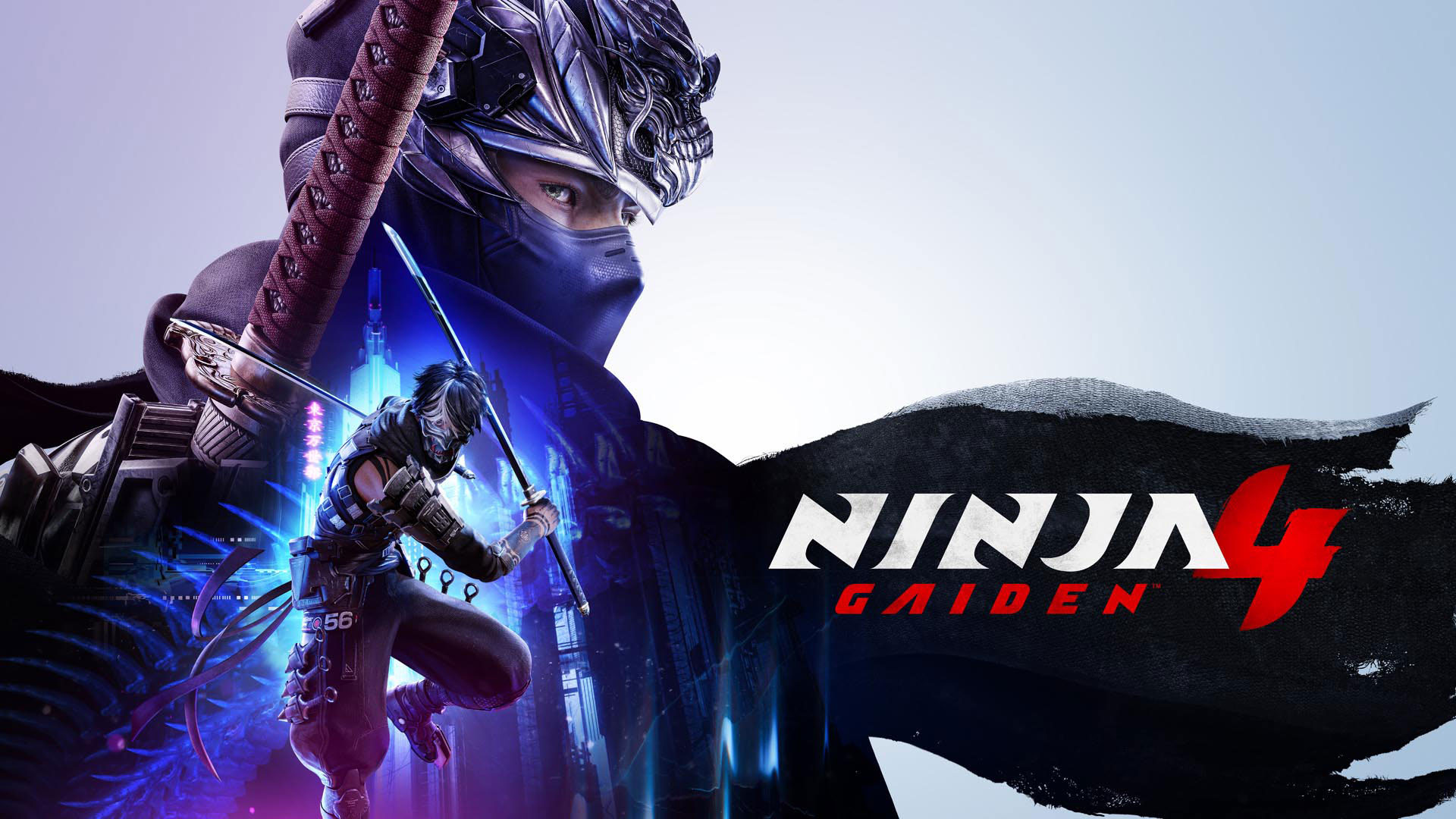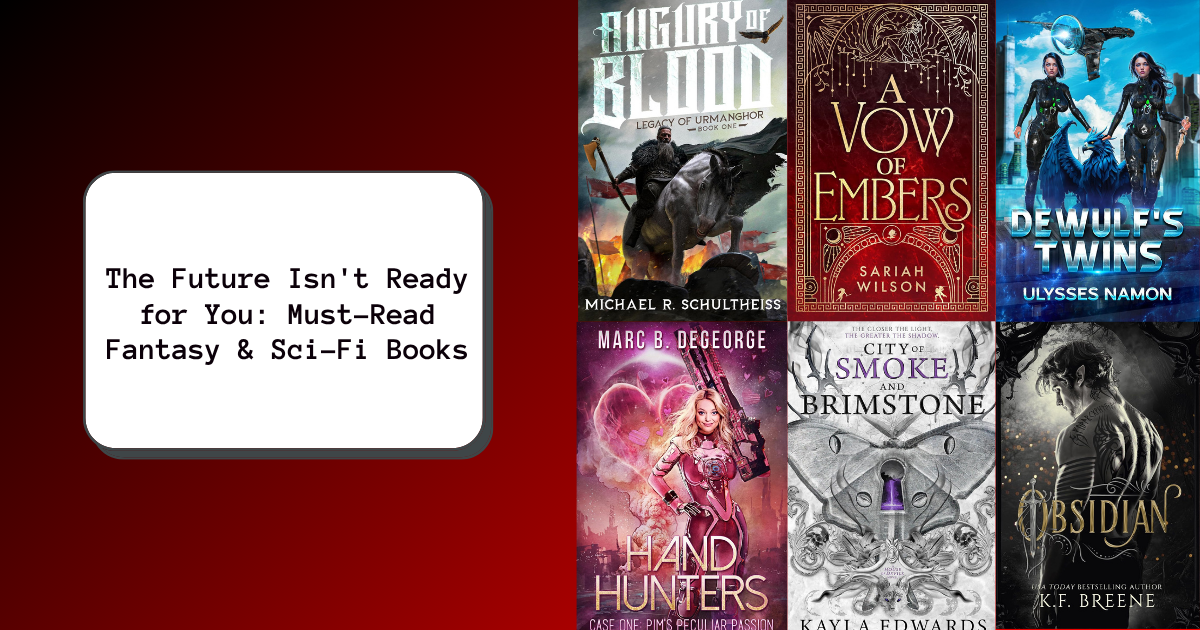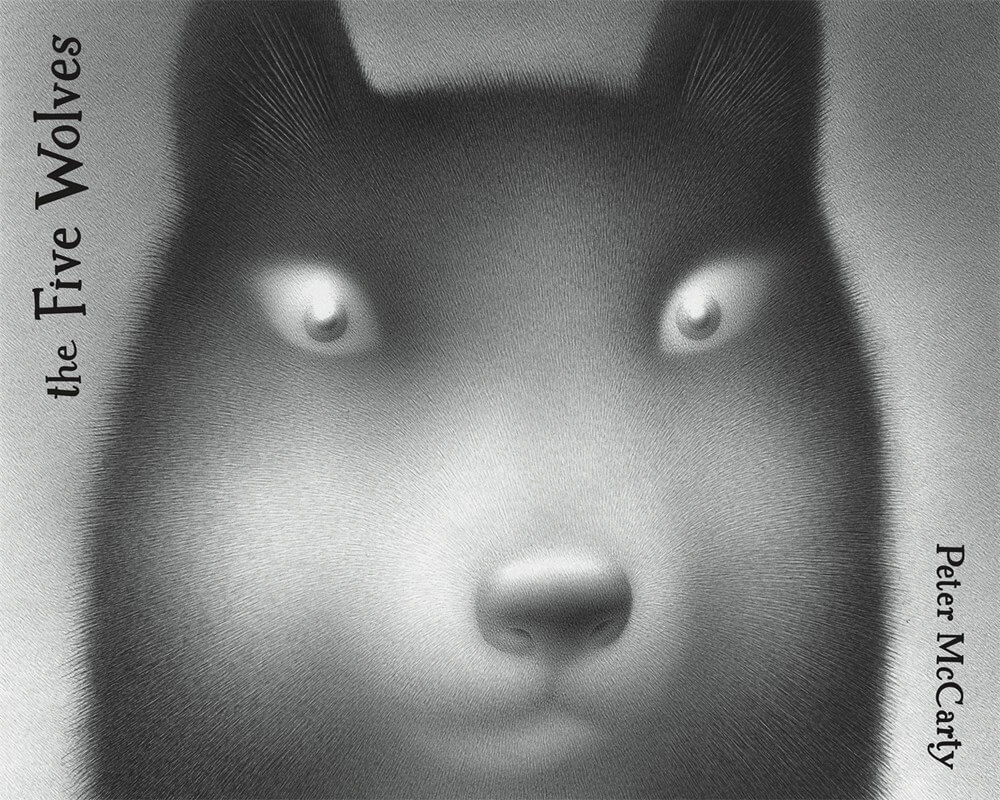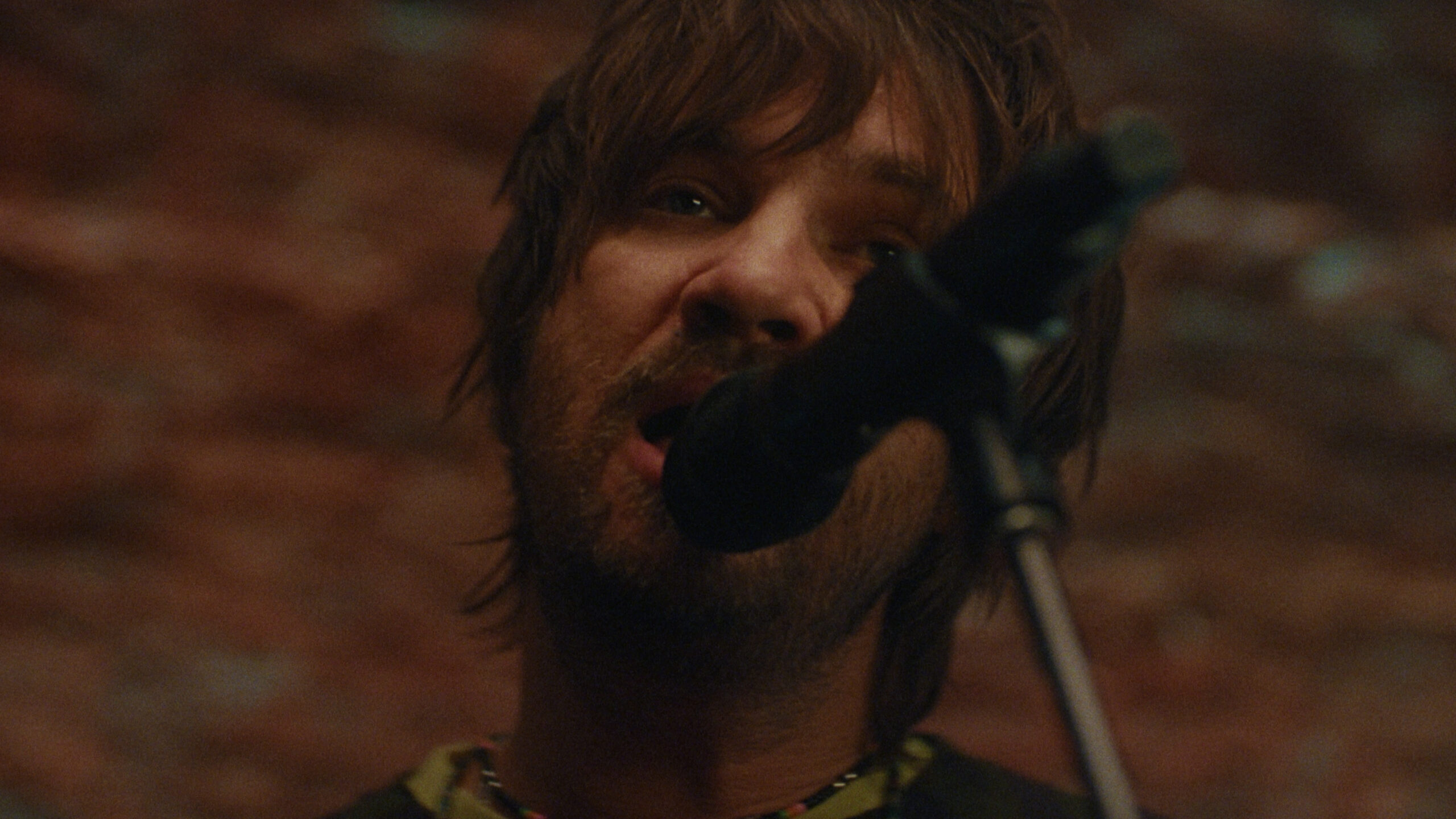
If you’ve yet to play any version of Persona 3, then its darker tones and subject matter might come as a bit of a shock.
The opening scene shows supporting character Yukari Takeba sitting alone with a gun pointed at her own head, working up the courage to pull the trigger. Even considering some of the directions the subsequent sequels take across their respective narratives, it’s a bold opening statement that sets the tone for the rest of the game.
Of course, going back to the original now (or even the FES and Portable releases) might prove difficult if you’re used to the slick presentation and gameplay found in Persona 5 Royal – so that’s where Persona 3 Reload comes in.
Freshly ported over to Switch 2 after launching on other platforms in February 2024, this is a complete remake of the 2006 PS2 entry, featuring revamped visuals, improved gameplay, and a host of quality-of-life updates. While the lack of content from FES and Portable prevents it from being truly definitive, it’s nevertheless the best way to experience the main story.

Speaking of which, Reload sees you transfer to Gekkoukan High School in Tatsumi Port Island, but your arrival reveals that all is not as it seems. A hidden period of time known as the ‘Dark Hour’ occurs every night during which the moon glows green, citizens become encased in coffins, and monstrous ‘Shadow’ creatures stalk a huge tower called Tartarus.
Thankfully, those with the ability to summon Personas can remain conscious during this time, and so it’s not long until the ‘Specialized Extracurricular Execution Squad’ (S.E.E.S.) recruits the protagonist to its cause. Utilising the tried-and-tested ‘Chosen One’ trope, it’s revealed that not only are you able to summon a Persona yourself, but you can accumulate multiple at once, swapping between them on the fly according to the situation. “I’ve never seen this before!” gasps the squad leader.
And so begins Persona 3 Reload’s familiar yet streamlined loop in which you spend the daytime building your social links and strengthening your Personas, while you explore Tartarus and put your skills to the test at night.

Time passes with each chosen activity, with major story beats occurring once a month during the full moon. Sometimes, progression through Tartarus may be blocked off until you reach these so-called ‘Full Moon Operations’, at which point you’ll need to spend your time elsewhere until you’re able to proceed.
Daytime gameplay is split into morning, afternoon (or after school), and evening. Unless it’s a Sunday, during which you’ll be off school, the afternoon and evening segments are usually when you’ll want to plan out your activities, but don’t stress too much about how to spend your time. Reload gives you ample opportunity to do what you want, whether it be simply hanging out with your friends, playing an online game, or working part-time at the local cafe.
Most activities boost your core stats, so you might feel somewhat overwhelmed at first as you figure out how best to pass your time. Again, you really don’t need to worry about it too much; one way Reload improves upon the original is directly notifying you of available activities via your flip phone, so you don’t have to spend every day tracking what you can and can’t do – it’s mostly spelled out for you.

It’s during the day that you really get a good sense of your supporting cast, too. Like Persona 4 and 5, Reload boasts an exceptionally likeable set of characters, and they feel greatly fleshed out when compared to the PS2 original – I adore Junpei’s lighthearted nature alongside Mitsuru’s more serious, no-nonsense approach.
It helps, too, that both the English and Japanese voiceover work is equally exceptional. I spent the vast majority of the game with the Japanese cast, simply because it lends the overall setting an air of authenticity, but if you stick with English, you’ll be well catered for.
Dungeon-crawling at night retains some limitations of the original, but key improvements make everything a lot more enjoyable. Each floor of Tartarus is procedurally-generated, with corridors and rooms containing Shadows to fight and items to gather. There’s definitely a sense of repetition as you make your way through — a lot of floors showcase the same visual style — but the frequency at which items crop up keeps things engaging alongside the casual chit-chat between the characters.

Fights can be initiated by either running into a Shadow or swinging your weapon with ‘Y’ to hit them. If you manage the latter, you’ll gain a small advantage at the start of the fight, but if a Shadow happens to run into you, the advantage will be reversed. Encounters will feel pretty familiar if you’ve played Persona 5 Royal, and they remain just as enjoyable and thrilling as ever.
As you’d expect, victory often hinges on your ability to exploit your enemy’s weakness, whether it be fire, ice, wind, and so on. Achieving this grants you another turn, and you can expand it further by immediately shifting play to a teammate, potentially continuing a streak of powerful attacks. Exploiting weaknesses also knocks enemies to the ground, eventually culminating in an ‘all-out attack’ in which your entire squad rushes in to pummel foes in a cloud of chaos.
As you progress, your knowledge of how to approach each battle expands, and you’ll find yourself trying out different strategies depending on the situation. An all-out attack may well deal a fair bit of damage, but also results in your enemy immediately recovering from their knockdown, so it may be more advantageous to keep hitting them with elemental attacks to keep them on the ground.

Whether you’re locked in battle or chilling in your dorm room, Reload’s presentation remains exceptional throughout. Once again taking a few cues from Royal, this game is simply dripping with style.
Launching into the in-game menu presents a slick animation that looks like you’re being plunged into water, while attack animations during battles are consistently impressive, whether you’re summoning a Persona or slashing your katana around. None of it feels quite as flamboyant as Royal, but the stripped-back nature of the presentation is a lot more in line with the darker tone of Reload’s story.
Similarly, the slightly remixed soundtrack is just as memorable now as it was back in the day. Specific tunes play depending on where you are in the game, and they’re simply marvellous. I’ve lost count of the number of times I’ve started humming the school theme while hopping in the car or cooking a meal – it’s just so catchy and addictive. This soundtrack may be my favourite of the entire series.

In porting the game over to Switch 2, Atlus has done a pretty great job. Visually, it’s stunning whether you’re playing docked or handheld, and loading is kept to an absolute minimum throughout.
The biggest drawback, however, is the 30fps performance. I want to stress that the gameplay here doesn’t suffer; turn-based JRPGs are rarely reliant on super-smooth gameplay, but it’s the principle, y’know? Reload doesn’t feel like it’s pushing the Switch 2 very hard, so I have to wonder why Atlus wasn’t able to achieve a higher frame rate. Perhaps it can be addressed in a future update.
Finally, as mentioned earlier, it’s worth keeping in mind that Reload doesn’t feature the expanded content found in Persona 3 FES, nor can you opt for a female protagonist like in Persona 3 Portable. It’s true that this is undoubtedly the best way to play the main game, but I wouldn’t say that Reload is the absolute definitive version of this entry.


















